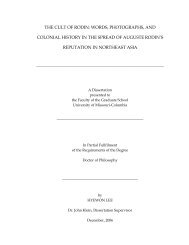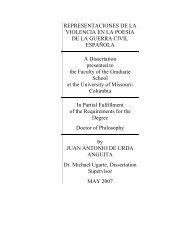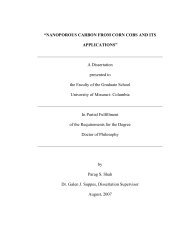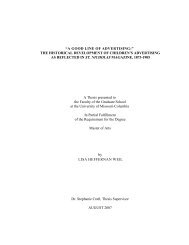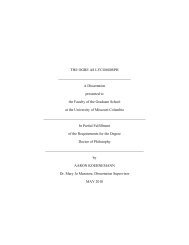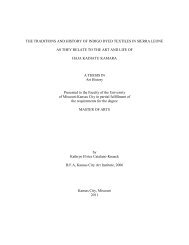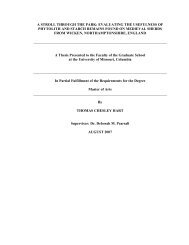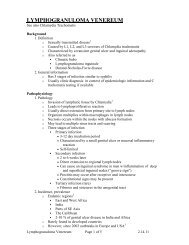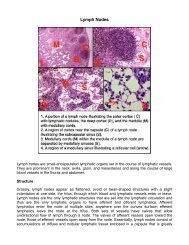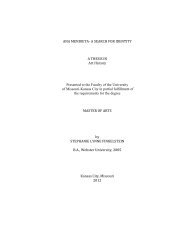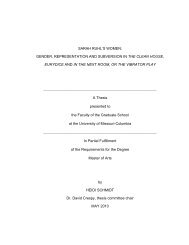Social Construction of Reality - Bad Request
Social Construction of Reality - Bad Request
Social Construction of Reality - Bad Request
You also want an ePaper? Increase the reach of your titles
YUMPU automatically turns print PDFs into web optimized ePapers that Google loves.
with other stakeholders (Appendix E) will emerge from this opening encounter. The other<br />
stakeholders for this study are defined as the Superintendent’s Cabinet. In addition to the<br />
superintendent, the cabinet consists <strong>of</strong> the eight administrators who lead the district’s<br />
chief areas <strong>of</strong> service: Curriculum, Instruction, and Assessment; Elementary Education;<br />
Secondary Education; Human Resources; Community Relations; Finance; Special<br />
Education; and Technology and Operations.<br />
This study was based upon qualitative data. The qualitative data came from<br />
current and archival sources. Content analysis was performed on federal, state, and local<br />
documents; data was reduced using an affinity diagram. Data from The School District’s<br />
pilot program evaluation was analyzed, via content analysis, and reduced utilizing an<br />
interrelationship diagraph. As previously mentioned, interview questions were used to<br />
interview the superintendent and her cabinet (Appendices D, E, G). Following each<br />
interview, the tapes were transcribed to provide written text for analysis. According to<br />
Seidman (2006) “the primary method for creating text from interviews is to tape-record<br />
the interviews and to transcribe them. Each word a participant speaks reflects his or her<br />
consciousness” (p. 114). In addition to the face-to-face interviews, an electronic survey,<br />
constructed with open-end questions, was delivered to the stakeholders via an email link<br />
(Appendix F). Again, in keeping with the UFE design, questions for the electronic<br />
survey emerged from early research stages in an effort to ensure maximum utility <strong>of</strong><br />
information for the intended users (Patton, 1997). All data was collected and triangulated<br />
to provide feedback, in the form <strong>of</strong> a recommended model for program evaluation, to the<br />
intended users for evaluation, the superintendent and her cabinet.<br />
50



